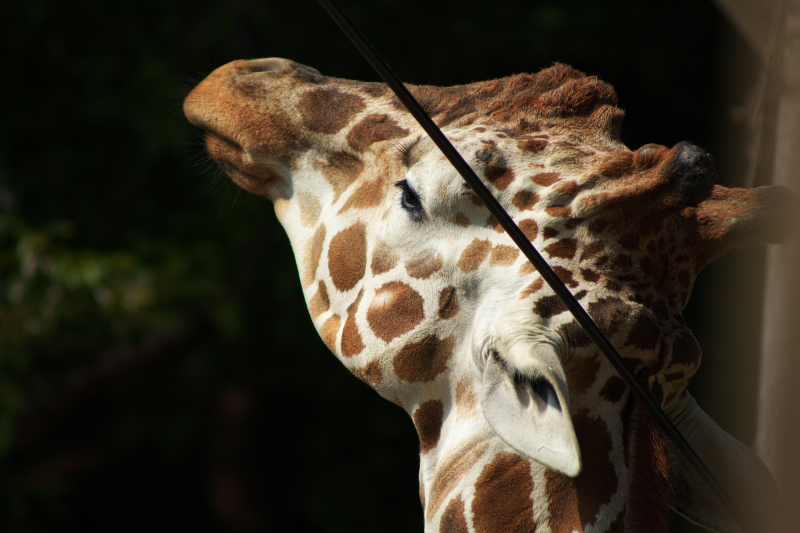Lasers instead of lens for distant images. SAVI camera can capture a detailed micron-resolution image from a distance using a laser and techniques that borrow from holography, microscopy and "Matrix"-style bullet time. A prototype built and tested by engineers at Rice and Northwestern universities reads a spot illuminated by a laser and captures the "speckle" pattern with a camera sensor. Raw data from dozens of camera positions is fed to a computer program that interprets it and constructs a high-resolution image.
Brain tissue from a petri dish. Scientists at the Luxembourg Centre for Systems Biomedicine (LCSB) of the University of Luxembourg have succeeded in turning human stem cells derived from skin samples into tiny, three-dimensional, brain-like cultures that behave very similarly to cells in the human midbrain. In the researchers' petri dishes, different cell types develop, connect into a network, exchange signals and produce metabolic products typical of the active brain.
3-D printing extraterrestrial materials. Perfect for colonizing space, 3D-print structures can be printed with simulants of Martian and lunar dust. This work uses an extension of their "3D-painting process," a novel 3D inks and printing method, which researchers previously employed to print hyperelastic "bone", 3D graphene and carbon nanotubes, and metals and alloys.
Energy harvesting from waste heat. A new reconfigurable device that emits patterns of thermal infrared light in a fully controllable manner could one day make it possible to collect waste heat at infrared wavelengths and turn it into usable energy. The new technology could be used to improve thermophotovoltaics, a type of solar cell that uses infrared light, or heat, rather than the visible light absorbed by traditional solar cells. They could also be used to turn heat coming from vehicle engines into energy to charge a car battery, etc.
Baby giraffe an Internet star. Finally, April the giraffe welcomed a not-so-little bundle of joy Saturday morning after animal lovers devoted weeks to watching and waiting at a New York Animal Adventure Park. At the time of the birth, 1.25 million people were watching the livestream.




